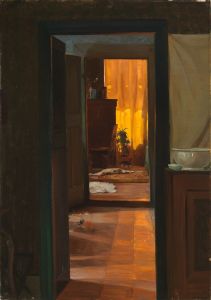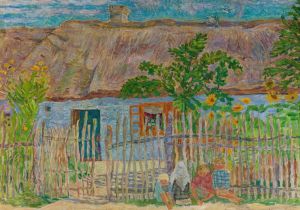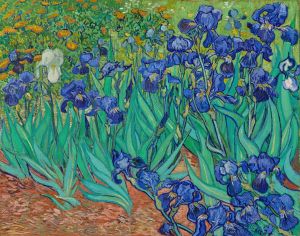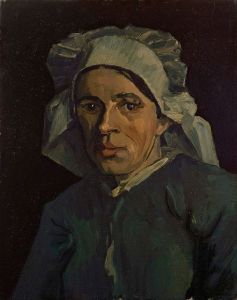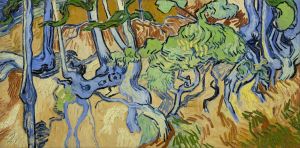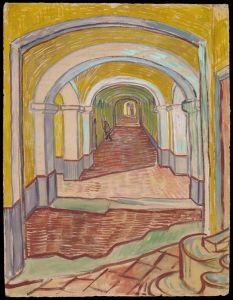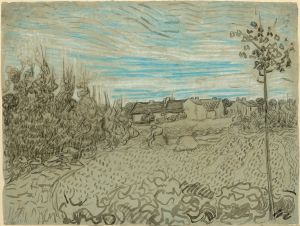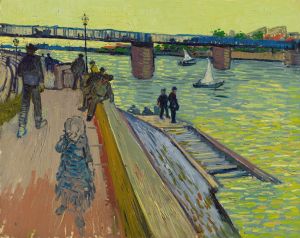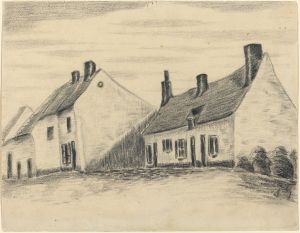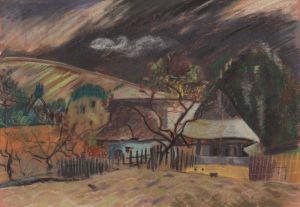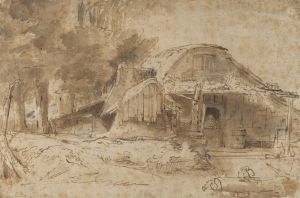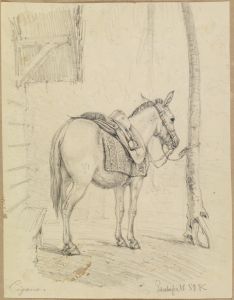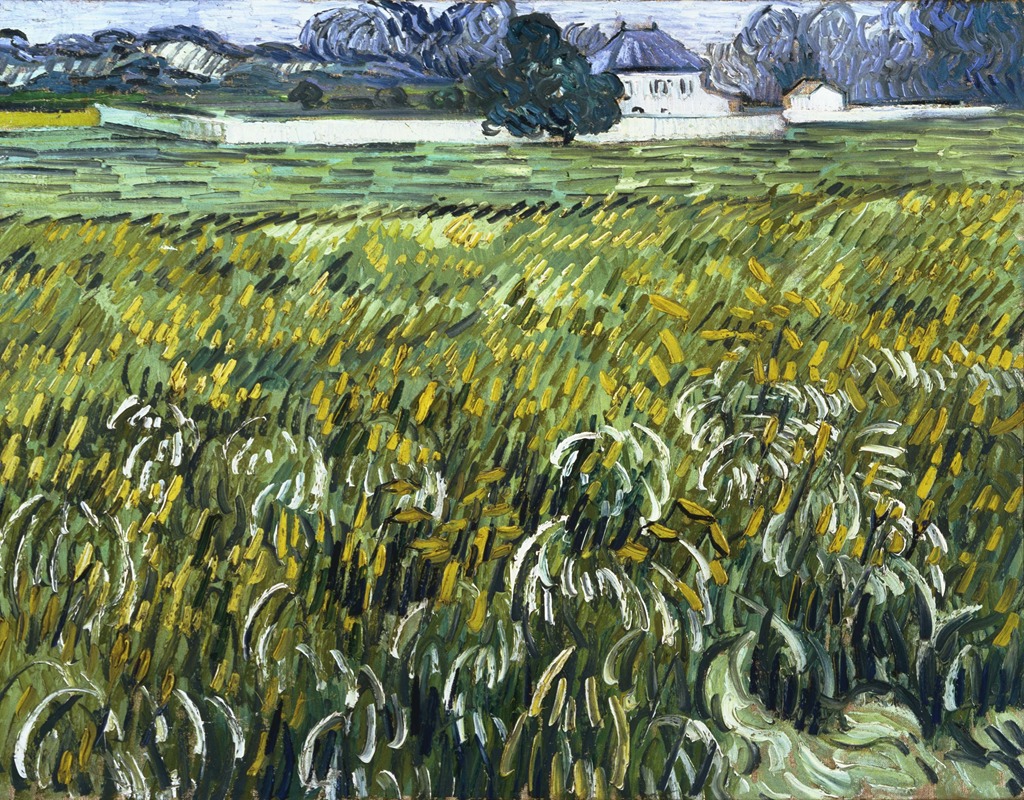
House at Auvers
A hand-painted replica of Vincent van Gogh’s masterpiece House at Auvers, meticulously crafted by professional artists to capture the true essence of the original. Each piece is created with museum-quality canvas and rare mineral pigments, carefully painted by experienced artists with delicate brushstrokes and rich, layered colors to perfectly recreate the texture of the original artwork. Unlike machine-printed reproductions, this hand-painted version brings the painting to life, infused with the artist’s emotions and skill in every stroke. Whether for personal collection or home decoration, it instantly elevates the artistic atmosphere of any space.
"House at Auvers" is a painting by the Dutch post-impressionist artist Vincent van Gogh. This artwork was created in July 1890, during the final months of Van Gogh's life. The painting depicts a house in the village of Auvers-sur-Oise, a commune in the northwestern suburbs of Paris, France. Van Gogh moved to Auvers-sur-Oise in May 1890, seeking the care of Dr. Paul Gachet, a physician who was also an amateur artist and had previously treated other artists, including Paul Cézanne.
The painting is characterized by Van Gogh's distinctive style, featuring bold colors, dynamic brushstrokes, and a sense of movement and emotion. "House at Auvers" captures the essence of the rural architecture of the region, with its thatched roofs and rustic charm. The composition includes a house with a red roof, surrounded by lush greenery and a bright blue sky, reflecting Van Gogh's fascination with the vibrant colors of nature.
Van Gogh's time in Auvers-sur-Oise was a prolific period, during which he created around 70 paintings in just over two months. Despite his intense productivity, Van Gogh continued to struggle with mental health issues. His works from this period, including "House at Auvers," often convey a sense of urgency and emotional intensity.
The painting is part of the collection of the Musée d'Orsay in Paris, which houses one of the most extensive collections of Impressionist and Post-Impressionist masterpieces. "House at Auvers" is considered an important work within Van Gogh's oeuvre, as it exemplifies his mature style and his ability to capture the essence of his surroundings with emotional depth and technical skill.
Van Gogh's choice of Auvers-sur-Oise as his final residence was influenced by the village's picturesque landscape and its proximity to Paris, which allowed him to remain connected to the artistic community. The village itself has since become closely associated with Van Gogh's legacy, attracting numerous visitors and art enthusiasts who seek to explore the places that inspired some of his most famous works.
"House at Auvers" is a testament to Van Gogh's enduring fascination with the natural world and his ability to transform ordinary scenes into extraordinary works of art. The painting remains a significant piece within the broader context of art history, illustrating the unique vision and emotional depth that define Van Gogh's contribution to the Post-Impressionist movement.
In summary, "House at Auvers" by Vincent van Gogh is a notable painting created during the artist's final months in Auvers-sur-Oise. It showcases his distinctive style and emotional intensity, capturing the rural charm of the village. The painting is part of the Musée d'Orsay's collection and continues to be celebrated as an important work in Van Gogh's artistic legacy.






